Aquarium hoods are an important part of any aquarium setup, but they can also be a source of frustration for many fish enthusiasts. If your aquarium hood is not working properly, don’t worry – there are some simple ways to fix it.
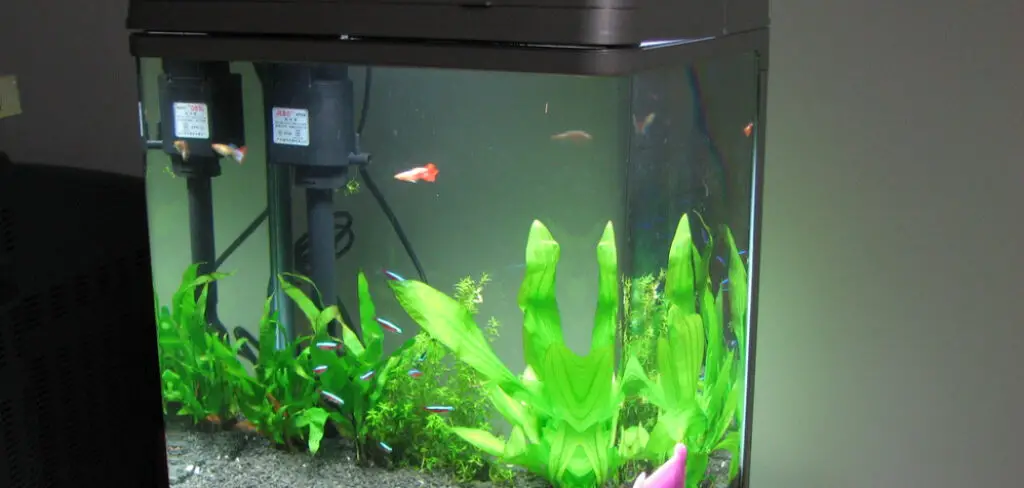
This blog post will discuss the most common problems with aquarium hoods and how to fix aquarium light hood. We will also provide tips on keeping your hood functioning properly in the future. So if you’re having problems with your aquarium hood, read on for some solutions!
Summary: Fixing an aquarium light hood may involve addressing various issues such as faulty wiring, a burned-out bulb, or damaged components. Before attempting any repairs, gather the necessary tools and materials, which may include a screwdriver, pliers, a multimeter, replacement bulbs, and wire connectors. For safety purposes, unplug the aquarium light hood from the power source and place it on a clean, flat surface with ample lighting to work on it.
Start by inspecting the light hood for visible damage, such as cracks, loose connections, or broken components. If the issue is a burned-out bulb, simply remove the old bulb by unscrewing or unclipping it from the fixture, and replace it with a new, compatible bulb. Should the problem lie in the wiring or electrical components, use a screwdriver to carefully open the light hood and expose the internal parts. Inspect the wiring for any visible signs of damage, such as frayed wires, loose connections, or corrosion. If necessary, use a multimeter to test the electrical components and identify any faulty parts.
To repair damaged wiring, disconnect the wires and strip off approximately 1/2 inch of insulation from the ends, then reconnect the wires using wire connectors or by soldering them together. If a specific electrical component is faulty, replace it with a compatible part. Once the repairs have been completed, reassemble the light hood, ensuring that all components are properly secured and aligned. Plug the aquarium light hood back into the power source and test its functionality to ensure the issue has been resolved. By following these steps, you can diagnose and fix common issues with your aquarium light hood, ensuring a well-lit and healthy environment for your aquatic pets.
Why It’s Important to Fix Aquarium Light Hood
Aquarium hoods play an important role in aquarium setups by providing light and ventilation. If your aquarium hood is not working correctly, it can cause various problems for your fish and aquarium. Some of the most common problems include:
- Poor lighting can lead to algae growth and other health problems for your fish
- Lack of ventilation can cause water to become stagnant and promote bacterial growth
Therefore, it is important to fix the aquarium light hood if it is not working properly. In this blog post, we will discuss fixing common problems with aquarium hoods. We will also provide tips on keeping your hood functioning properly in the future.
Required Materials
If you are experiencing problems with your aquarium hood, you can take a few simple steps to fix it. In most cases, you will need the following materials:
- Aquarium hood
- Screwdriver
- Pliers
- Wire cutters
If your aquarium hood is giving you trouble, never fear! In this blog post, we’ll discuss how to fix three of the most common problems: poor lighting, lack of ventilation, and incorrect size. Let’s get started!
5 Methods to follow on How to Fix Aquarium Light Hood
Method 1: Fixing Poor Lighting
If your aquarium hood provides insufficient lighting, it can cause a variety of problems for your fish and aquarium. Some of the most common problems include:
- Algae growth on the water’s surface (a sign that there is not enough light in the tank)
- Stunted plant growth
- Diseased or pale fish
- Fish laying on the aquarium floor (a sign of insufficient light)
There is a simple solution to these problems: more lighting. If your hood is not providing sufficient lighting, you should increase the amount of light it provides. This will fix most issues with poor lighting. To increase how much light your hood provides, try the following:
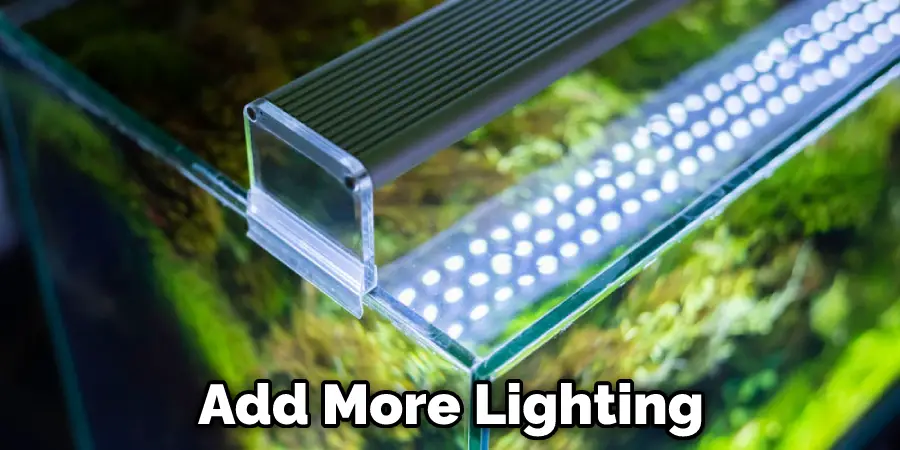
- Make sure the light is turned on and set to be on for at least 8 hours per day. If it’s currently on for less than that, increase how long it’s on by a few hours until you reach 8 hours of use.
- Check any replacement bulbs you may have to ensure they are working properly (if you haven’t changed them recently). If you do not have replacement bulbs, check how much light your hood provides compared to how much lighting your fish need. For example, the lighting ratio for most aquariums is 8 hours of lighting for every gallon of water.
- Try swapping out darker or less-efficient bulbs with more efficient ones. This may be enough to provide your fish with adequate lighting.
Method 2: Fixing Lack of Ventilation
If an aquarium hood does not have an air filter, it needs vents to provide enough airflow. If the vents are not working, the water can become stagnant and have more bacteria. This causes problems for the fish, like: not enough oxygen, too much waste, and sickness.
- Shorter life span for aquarium plants
- Stunted plant growth
- Poor skin health in goldfish, guppies, etc.
- Algae growth on the water’s surface (a sign of poor water circulation)
These problems can be fixed with a simple solution: more airflow. For example, to fix the lack of ventilation, try the following:
- Check how often you are cleaning your aquarium hood’s vents. If needed, clean them once per week with a soft brush or sponge to remove algae and debris.
- Make sure the fan inside the hood is turned on and working properly. Either set it to on or use a timer to ensure it runs regularly.
- If you have done both of these steps and your hood still does not provide enough airflow, consider upgrading to a hood with more ventilation or using an air pump and filter instead.
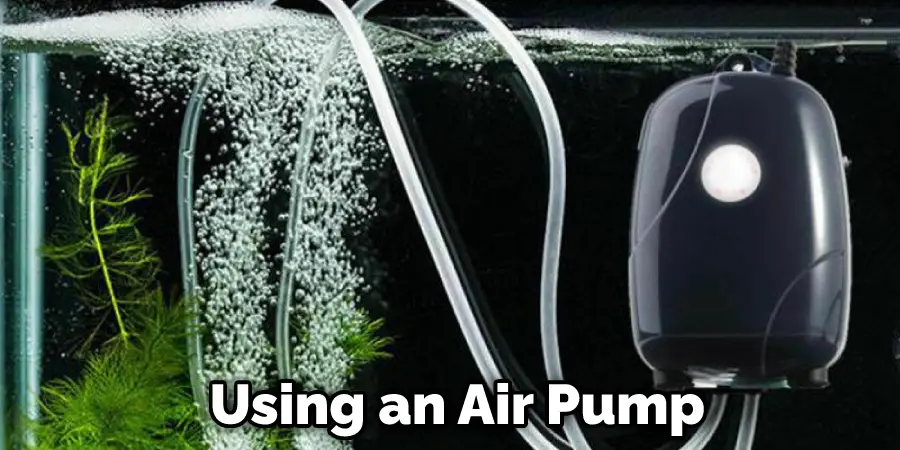
Method 3: Fixing Incorrect Size
Many people purchase aquarium hoods only to find that they are the wrong size for their tank. If you find this the case, there is a simple solution: change how big your hood is. Luckily, aquarium hoods can easily be switched between different sizes.
For example, if you have a 30-gallon aquarium and your hood is too small, switch it with a hood meant for a 40-gallon tank. If your hood came with your light fixture (fluorescent or LED), you might need to purchase a new one that’s the right size. If you no longer have the original hood, consider purchasing a similar one from your local pet store. Another reason you might need to replace your hood is if it’s falling apart. If it’s cracked or chipped, there’s a chance that a piece of glass could break off and fall into the tank. A damaged hood can also let in dust, which can harm your fish.
Method 4: Fixing Other Problems
In some cases, your aquarium hood may not provide enough light or airflow even after trying the above solutions. In this case, it’s likely time to replace your hood as a whole rather than trying to fix it. To do this, remove the old hood and purchase a new hood meant for your tank’s size and type of lighting.
Possibility for other problems:
Problem: Aquarium hoods are notorious for breaking.
Agitate: If your aquarium hood is broken, you’re likely not getting the light or airflow you need. This can cause several problems for your fish and aquarium.
Solution: There are a few solutions to this problem. You can try repairing the hood yourself, purchasing a new hood, or using an alternate form of lighting for your tank. If you need to repair the hood, purchase a replacement part from your local pet store.
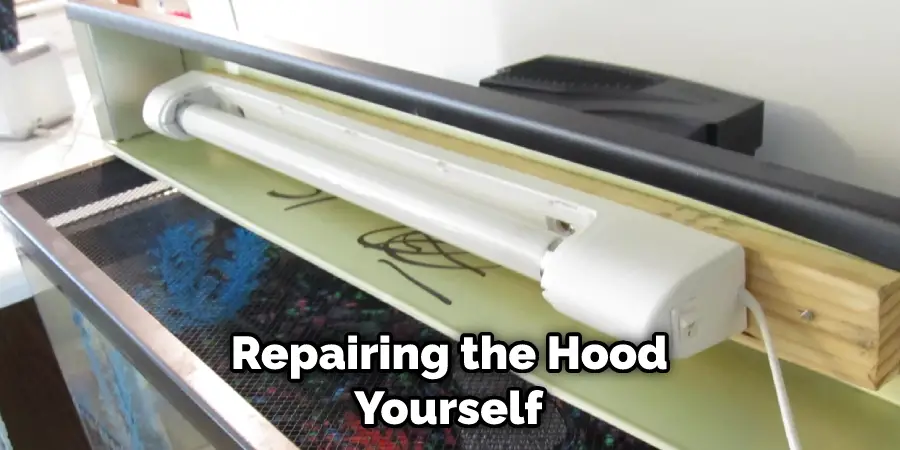
If you’d rather switch to another light source, try upgrading to an aquarium light fixture with brighter bulbs and more ventilation. Finally, place your tank under a bright lamp or other overhead solid light to use alternate lighting without a hood.
When purchasing a new hood, check how much air your hood’s vents provide. This will help keep your tank healthy and reduce the likelihood of more problems.
Method 5: Fixing Lights That Burn Out Too Quickly
Unfortunately, some lighting fixtures come with poor-quality bulbs that burn out or stop working before they should. This is particularly common among fluorescent lights, which are more likely to malfunction than most LED aquarium hoods.
To solve this problem, try upgrading your bulb to a higher quality one made by the same brand that your hood and light fixture come from. If you want to be sure the new bulb will work, check with a local pet store or ask how long bulbs typically last in aquarium hoods like yours. Keep reading for more information about how to fix aquarium light hood.
What Is the Best Lighting for An Aquarium
The best lighting for an aquarium depends on various factors, including the type of tank, the size of the tank, and the type of fish you are keeping. For example, if you have a large tank with various fish, you will need a light fixture that provides a lot of illumination. On the other hand, a low-wattage light may be all you need if you have a small tank with only a few fish.
When choosing a light fixture for your aquarium, consider the type of bulbs it uses. Some fixtures come with fluorescent bulbs, while others use LED lights. LED lights are often considered preferable to other light fixtures because they are more energy-efficient and produce less heat. However, if your LED light fixture is not working properly, it may be causing problems for your fish.
Try upgrading to a higher-quality LED light or replacing the entire light fixture to fix the problem. If you are unsure how much lighting your fish need, ask a local pet store or aquarium expert for advice on how many watts you need to light your tank. For more tips on how to fix aquarium light hood, keep reading!
Frequently Asked Question
Are LED Lights Bad for Fish?
The answer to this question is a little complicated. While some people believe that LED lights are bad for fish, there is no scientific evidence that proves this to be true. LED lights are often considered better than other light fixtures because they are more energy-efficient and produce less heat. However, if your LED light fixture is not working properly, it may be causing problems for your fish. Try upgrading to a higher-quality LED light or replacing the entire light fixture to fix the problem.
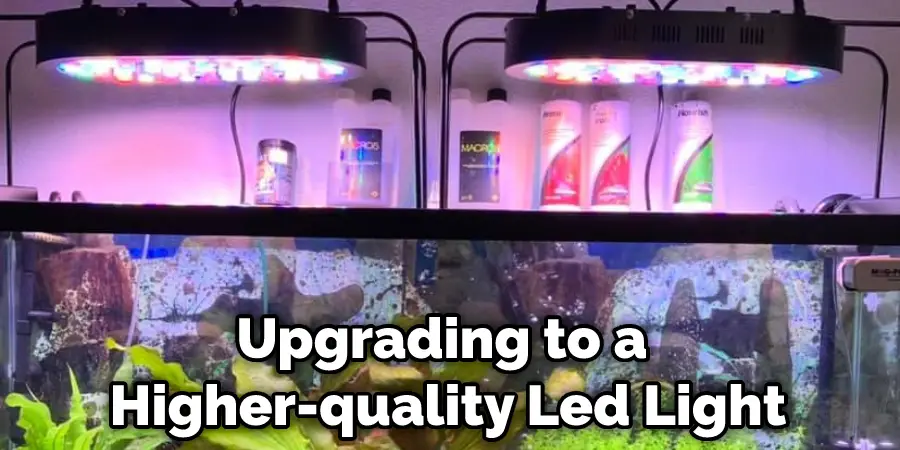
Do Led Lights Cause Algae Growth?
There is no evidence to suggest that LED lights cause algae growth. LED lights are often considered preferable to other light fixtures because they are more energy-efficient and produce less heat. However, if your LED light fixture is not working properly, it may be causing problems for your aquarium. Try upgrading to a higher-quality LED light or replacing the entire light fixture to fix the problem.
Should Aquarium Lights Be Left On?
There is no definitive answer to this question. Some people believe that it is better to leave aquarium lights on for a certain amount of time each day, while others think it is best to turn the lights off when not in use.
Ultimately, whether or not to leave your aquarium lights on depends on a variety of factors, including the type of light fixture you are using and how much light your fish need. If you are unsure about what to do, try experimenting with different schedules to see what works best for your tank.
What About a Sunny Window?
If you live in a sunny location, you may be able to keep your aquarium tank healthy without any additional lighting. Many fish can thrive in an environment with natural light from a window. However, if your tank is located in a dark corner of the sun is not shining directly on it, you may need to use an artificial light source to provide your fish with enough light.
You Can Check It Out to: Can I Leave My Aquarium Light on 24 7
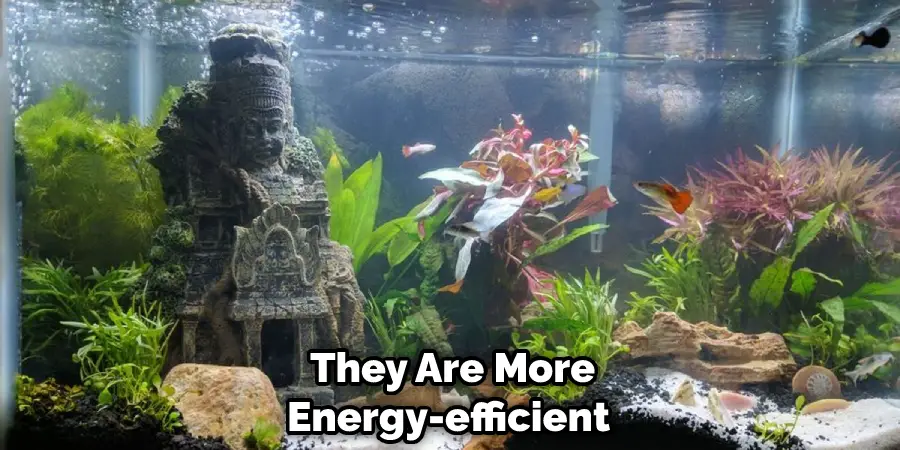
Conclusion Paragraph
Aquarium light hoods are essential to keeping your fish healthy and looking their best. If you’re having trouble with your current hood, don’t worry! We’ve got a few tips to help get it working like new again. Thanks for reading our post about how to fix aquarium light hood.
